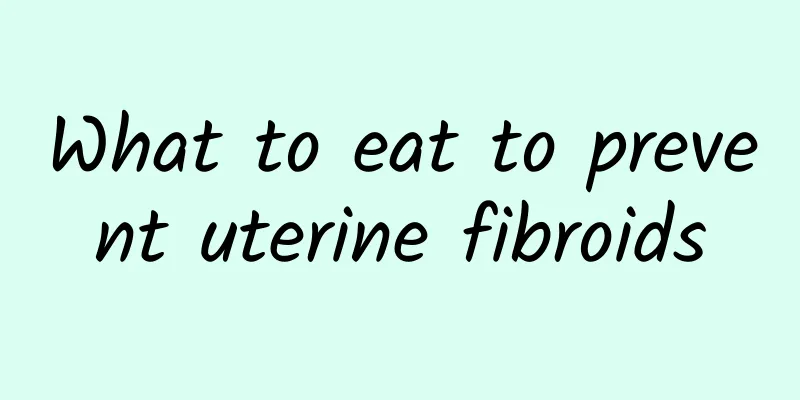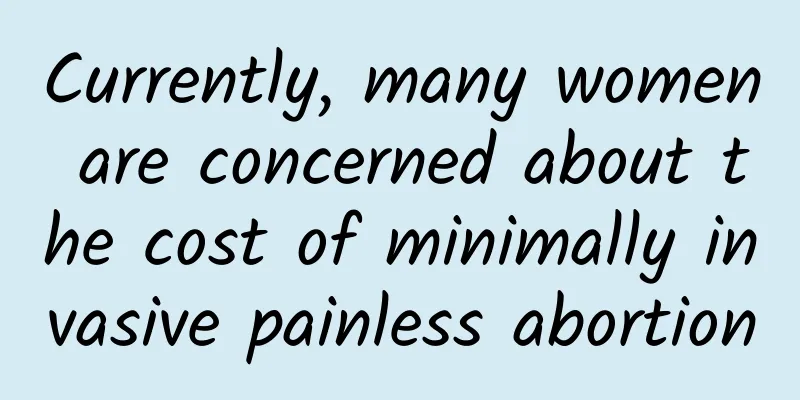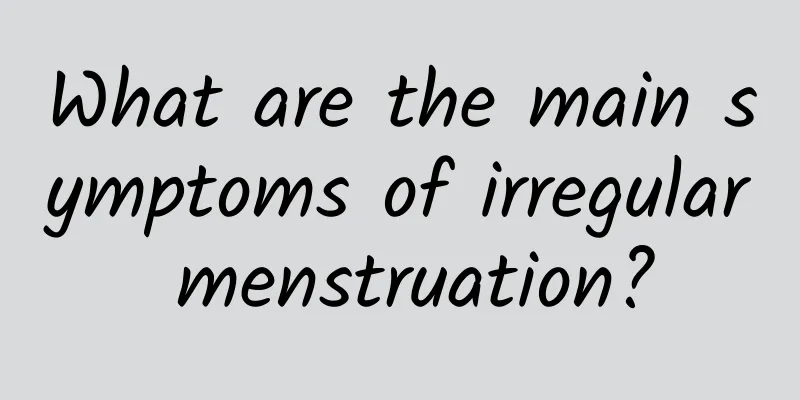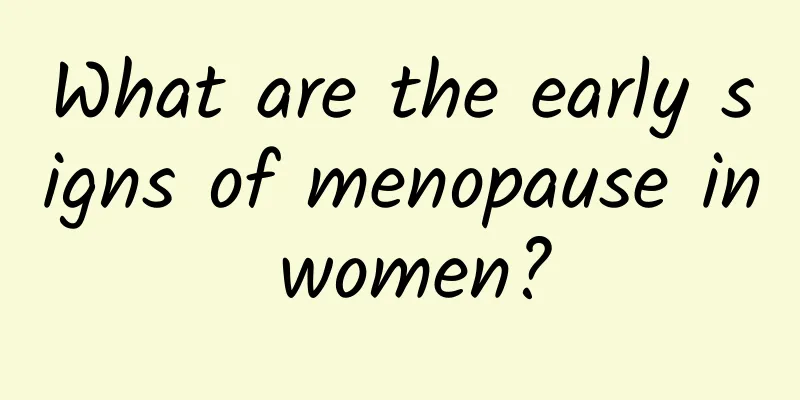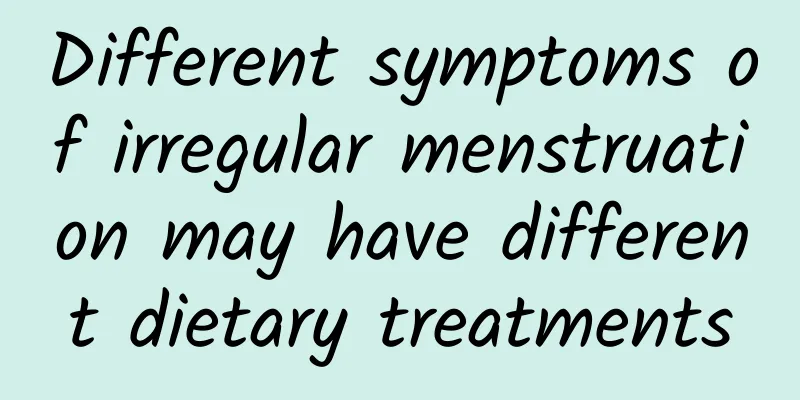Will subserosal uterine fibroids affect pregnancy? Will subserosal uterine fibroids cause infertility?
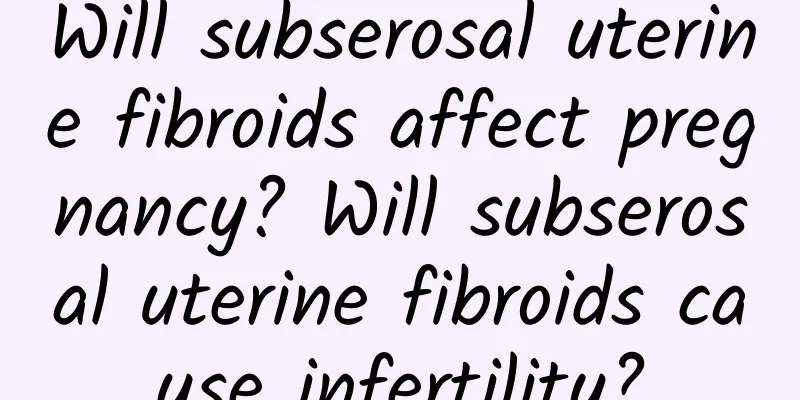
|
Pregnancy places certain demands on women's bodies, and gynecological diseases can affect fertility. So, will subserosal uterine fibroids affect pregnancy? The characteristics of subserosal uterine fibroids are that subserosal uterine fibroids and intramural small fibroids usually do not have obvious menstrual changes. There is acute abdominal pain when the pedicle is twisted. When the subserosal uterine fibroids turn red, the abdominal pain is severe and accompanied by fever. Subserosal uterine fibroids are common in lower abdominal swelling and back pain, which are aggravated by menstruation. Subserosal uterine fibroids have an impact on pregnancy: 1. Fibroids growing in the lumen of the fallopian tube can stretch and twist the surface of the fallopian tube, squeeze the lumen, affect its patency, or displace the ovary, expand the distance between the ovary and the fallopian tube, and hinder the egg retrieval function of the fallopian tube fimbria. 2. Uterine fibroids can make the frequency, range and duration of uterine contractions higher than the normal baseline, interfering with the implantation of fertilized eggs or causing miscarriage after implantation. When fibroids are accompanied by uterine periosteal proliferation, it means that the ovaries do not ovulate. Fibroids cause uterine bleeding, infection, and blockage of fallopian tubes, which can cause infertility. Larger uterine fibroids deform the uterine cavity, which is not conducive to the passage of sperm, implantation of fertilized eggs and fetal development. 4. Uterine fibroids growing in the cervix can compress the cervical canal, obstruct the passage or change the direction of the cervix, moving it away from the semen pool in the posterior fornix, making it difficult for sperm to enter the cervix. 5. Uterine fibroids growing under the mucosa of the uterine cavity are like placing a spherical intrauterine device in the uterine cavity, which hinders fertility. The ischemia, necrosis and atrophy of the endometrium on the surface of the uterine cavity are also not conducive to the implantation of the fertilized egg. Fibroids that grow near the uterine horns can compress the opening of the fallopian tubes, causing blockage. |
<<: What are the symptoms of subserosal uterine fibroids? How to treat subserosal uterine fibroids?
Recommend
Can excessive soy milk cause infertility? Doctor: Moderate intake has many benefits
Foreign media reported that animal experiments on...
Experts answer how young women can prevent uterine fibroids
Uterine fibroids are a gynecological disease with...
What are the symptoms of adnexitis?
Among the female internal reproductive organs, th...
What are the side effects of mifepristone?
Mifepristone tablets are a drug used by early pre...
Common manifestations of pelvic inflammatory disease
Pelvic inflammatory disease is also a gynecologic...
There are several types of cervical precancerous lesions
The onset of cervical cancer is not a matter of o...
Experts will help you understand the causes of ectopic pregnancy
According to medical research, if women do not ha...
What are the causes of dysmenorrhea in women?
Many women suffer from dysmenorrhea for a long ti...
What are the advantages of superconducting visual flow?
Superconducting visual abortion is a type of abor...
What are the symptoms of chronic pelvic inflammatory disease
Chronic pelvic inflammatory disease is a common g...
Eating the wrong tonic food can cause menstrual pain, constipation, and high blood pressure! Nutritionist: Drink wolfberry, longan and ginger tea to avoid cold hands and feet
It’s freezing cold in winter, and nourishing food...
What is the reason for menstruation after amenorrhea?
What happens when menstruation comes back after a...
Beware! Amenorrhea may be caused by ectopic pregnancy
Nowadays, ectopic pregnancy seriously affects wom...
What are the treatments for cervical erosion?
Cervical erosion has certain hazards, such as cau...
Recommended treatments for endometrial tuberculosis
Regarding the treatment of endometrial tuberculos...
